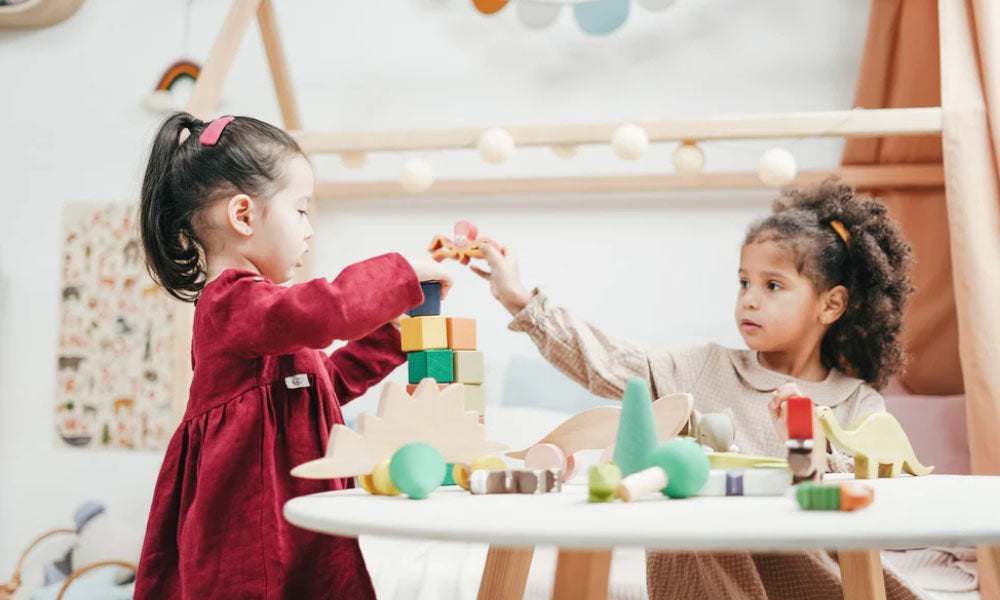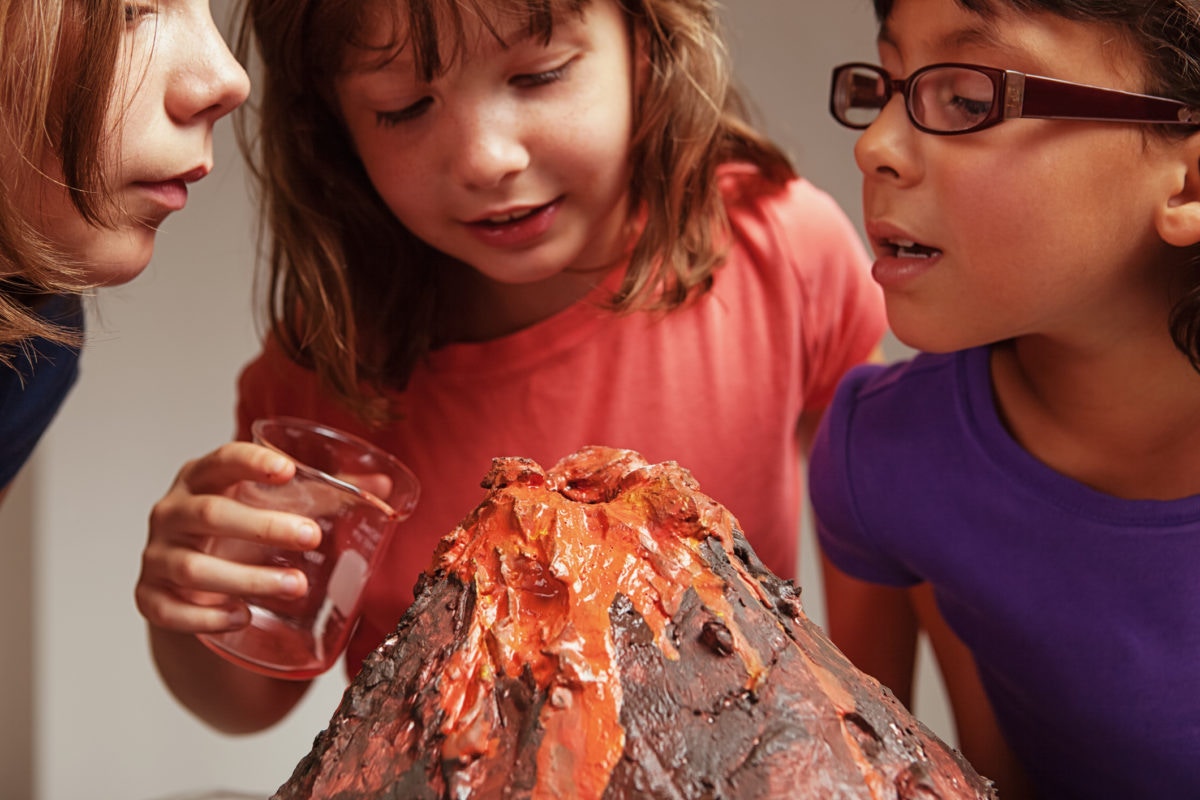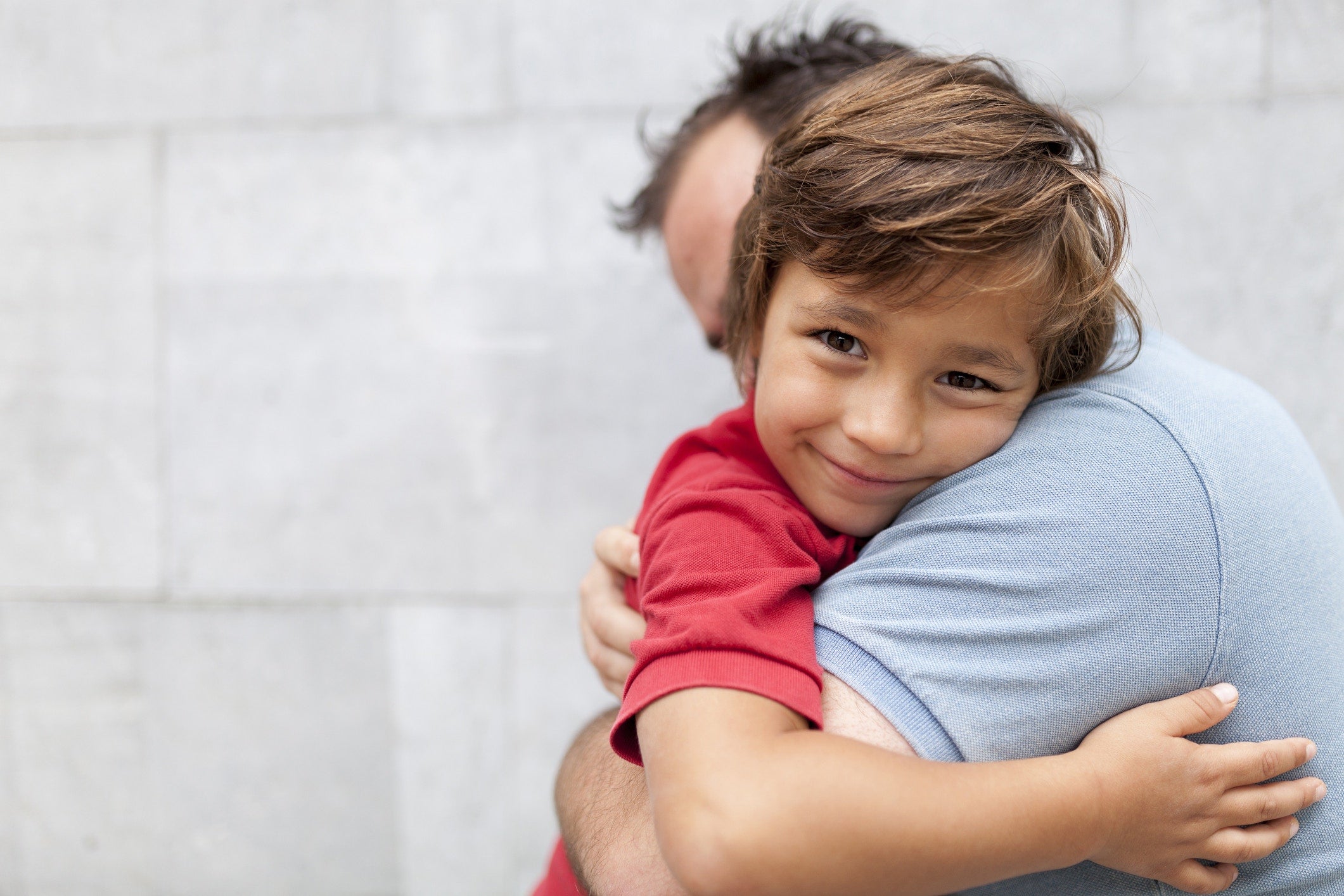In the words of Fred Rogers, “Play is often talked about as if it were a relief from serious learning. But for children, play is serious learning. Play is really the work of childhood.”
As with so much else, Mister Rogers makes an important point: According to The American Academy of Pediatrics, play “contributes to the cognitive, physical, social, and emotional well-being of children and youth.” As our children’s first teachers, one of our top priorities should be encouraging and facilitating creative play opportunities—and you don’t even have to leave the home to do that. Especially now as we ask our homes to serve as classrooms, offices, play spaces and more, consider these tips for designing a space where your child’s curiosity and creativity can flourish.
Another tip: try toys and gear that offer multiple benefits and ways to play. For example, the Ingenuity Smooth Strides Activity Walker is a classic walker, and it also gives baby options for independent play with an included removable bead chaser toy that attaches to the tray for entertainment. Or, use the two additional link loops to attach baby's other favorite toys.
Dedicate a space within view
Although it’s nice, it’s far from essential to have a dedicated playroom. In fact, it’s more likely than not that your children will want to be close to you—which makes it practical to have a play corner in the living room or nearby the kitchen. That way, your child can practice independent play within your view.
Try this: Get a child’s size table and small bookcase for storing craft supplies, books and rotating toys.
Remember simple can be better
According to a 2018 study from the journal Infant Behavior and Development, toddlers focus better and practice more creativity when there are fewer toys to choose from. Specifically, the researchers compared play experiences when children were offered 16 toys or four toys at a time. They found the “depth and duration” of play was better among the set of children with four toys. What does that mean for parents designing a play space? Resist the temptation to put every toy or activity you own in one area.
Try this: Dedicate different “zones” in your house to focused play, such as an arts and crafts station, a games and puzzles station, and an imaginative play station.
Introduce new themes on a regular basis
Here’s a great idea from educators to borrow: Follow your child’s curiosity by exploring “themes” or “units” of study for a few weeks at a time. This is a great way to help your child feel as though they are becoming an expert on something that interests them, which in turn helps keep their focus and enthusiasm up.
Try this: If you already have a lot of toys and supplies, look for existing themes, such as vehicles, animals or dinosaurs. Store all but one category and devote two to four weeks to learning about that specific subject with help from books or crafts.
Put items within reach and make clean-up easy
One of the biggest keys to creating a play space that works for everyone in the family is helping your child feel a sense of responsibility and confidence over its care. The youngest children will still need a good deal of help with finding toys and cleaning up, but it’s important to involve them in the process so they can gradually learn to help themselves.
Try this: Don’t overcomplicate storage. Instead, use simple shelving and transparent storage boxes so that your child can confidently find what they want and clean up when they are done.
It can take time for your children to learn how to play happily and independently. By creating a space (or multiple spaces!) where they can practice these skills, they will gradually learn how to play on their own—and will reap the benefits of that for a lifetime.



